Things I focused on during my trip: Food, nightlife, sightseeing, unique experiences
Spain is one of the most popular tourist spots in the world, and for good reason. There is an extensive history with many different cultures who have imparted their mark into Spain's history, from the Romans to Visigoths to Muslims and Christians. This makes Spain an incredibly interesting place to visit if you're interested in history and architecture. It also helps that #gameofthrones filmed many scenes in various parts of Spain. My trip was only 1 week and I had tried to sample a little bit of everything, a tapas of sort, if you will. This took me from Barcelona to Madrid to Seville. Your pace may not be as fast as the itinerary, but you can always adjust!
I had done this trip as a one-bag adventure. I didn’t have any rolling luggage and I only had a 35L backpack with all my clothes in it. Packing light made it easier to travel from city to city.
Spain sees many tourists from across the sea from the UK and most popular places will have English speaking staff. However, it is always welcomed if you try speaking a little Spanish. I estimate that knowing English alone would have been fine for 85% of the trip with my limited Spanish rounding out the remaining 15%.
A note about dining culture in Spain that might be different from where you’re from. Spain is a wonderful country for late-risers. Breakfast is usually a small meal and timed for 8-10AM. Lunch is usually around 2-3PM and dinner is not until 9PM. Most people don’t start work until 10AM as opposed to places like the United States. And of course, a “siesta” or nap from the late afternoon to early evening is part of the Spanish culture. Some restaurants and shops (especially those that cater less to tourists) will be closed during that time.
I took this trip as a solo trip and tried to limit my spending as much as possible. One way to do that was stay exclusively at hostels. What I saved in lodging, I spent on food, drinks, souvenirs and tourist attractions.
My first stop was Barcelona.
Barcelona is often where people will start their trip. Located on the eastern coast of the Iberian peninsula, it is the capital of Catalonia. There is a strong independence movement by the Catalonians, but there was not much civil unrest when I went in January of 2020. You’ll notice most menus will be in Spanish and Catalonian (and sometimes English too). This city is funky and creative, mostly due to Gaudi’s imprint on the urban landscape. It’s also home to many historical sites as well.
You will get lost! The city blocks are in an octagon shape as opposed to a square, and the sidewalks are at adjacent vertices. It’s hard to imagine, but once you get there, you’ll understand! I’ve ended up doing “zig-zags” in the city because I kept crossing on the wrong sidewalks.
SAFETY! Barcelona is pretty safe for tourists, especially for violent crimes. However, there are always stories/reports of petty theft and scams. Keep your wits about you. Know what common scams/ways of thievery there are. I recommend for women to always keep your purse/bag in front of them to keep an eye on them and for men to keep their valuables in their FRONT pockets as opposed to wallet in the back pocket. As a guy, I also wore a small crossbody in front of me where I kept my portable charger, water, and random things. Always be aware of your surroundings, and try your best to avoid being in jam packed streets or subway trains where it’s easy for people to “bump” into you.
DAY 1: Arrive in Barcelona. Or as the locals say it, Barthelona.
I am a big fan of red-eye flights that land in the local area's AM. I try my best to sleep and when I wake up, I’m hoping that my internal clock has adjusted to the local timezone. There are multiple methods to get from the airport to the city centre. The most popular options are either the subway or the Aerobus. As a tourist, I’d recommend the T-10 ticket that you can purchase at the train station area of the airport. This gives you 10 rides for 11.35EURO. For my two days there, the 10 ride card was definitely overkill. Barcelona is very walk-able. If you arrive at the airport in the T1 area, you need to take a shuttle bus to get to T2!
My hostel was right off the Verdaguer train station. I left my giant backpack with the hostel staff, took only my valuables into my man-purse and set out to explore. My first stop was to get a sim card. There are multiple competing companies but I went with Vodafone. Be prepared to bring your passport as ID! I got a sim card marketed for tourists for about 25EURO, which included a base amount of data plus unlimited “social” app data use such as instagram and google maps. This is definitely a must for navigation. Other people have recommended renting “Wifi hotspots,” but a sim card was just easier for me.
I walked south along the main street of Passeig de Gracia where there was no shortage of high-end fashion brands and fast fashion stores. One thing I noticed was the streets are made to be very pedestrian and motorcycle friendly! A lot of people’s choice of transportation was mopeds or motorized scooters. Upon reaching Placa de Catalunya, I switched over to walking down La Rambla. I personally felt Placa de Catalunya was underwhelming as it was just a ton of pigeons, a few occasional street performers, and other visitors.
La Rambla is probably the most touristy area along with the Gothic Quarter. La Rambla has a large pedestrian road in the middle. This strip was occupied by outdoor dining, hawkers, and street performers. Off La Ramba was Mercado de La Boqueria. It’s a public market with over 300 stalls and it’s one of the more popular attractions in Barcelona. When you walk inside, it’s a sensory overload of colors, smells and sounds, with the stalls selling a variety of goods including produce, snacks and food. I had originally wanted to try El Quim de la Boqueria but they were closed for renovations during my time there. Instead, I just found the stall that had the most patrons and landed on Bar Quiosco Moderno. One thing I loved about being on vacation in Europe was that any time of the day was perfect for a glass of wine/beer! I tried my first ham croquettes and washed it down with white wine. How’s that for breakfast?
After a quick breakfast, I continued down La Rambla for completeness-sake. I ended my self-directed walking tour at the Columbus Monument and took the train back to the hostel. After a quick check in and rest, I went back out in the afternoon for a tour of Casa Batllo. Built originally in 1877, it was bought by Josep Batllo in 1903 and then given full creative privileges to famed architect Antoni Gaudi in 1904. It is an icon in Barcelona along with the Sagrada Familia and a UNESCO World Heritage site. I’d recommend that you buy advanced tickets so you don’t need to wait! There is a smart phone with a headset they give out that will give you an audio-guided tour of the building. The creativity and modernism of Gaudi is in full display in this house, and I would not miss it.
At this point, with the jet lag and food, I was ready for a siesta to recharge.
Later that night, I joined my hostel’s group dinner, made some friends, and joined them for our own bar crawl. Our first stop was Espit Chupitos down by Barceloneta which is known for gimmicky shots doused with extra alcohol and a lighter to create exciting flames. A good place to try just for the visuals. Shots are inexpensive, and they’re mixed with so much stuff you won’t even know it’s cheap liquor. Next we walked all the way up to Opium along the beach. I would not recommend this walk because it is a long walk and the beach area is actually a little sketchy at night. I would not walk alone here. Opium, Shoko and Pacha are a bunch of clubs known for its parties that attract top name DJs. I honestly cannot say if those three aren’t interchangeable in the sense that they seem to offer the same things. Surprisingly it was packed even for a Tuesday evening. Drinks are expensive, but that’s expected of any club in a big city.
DAY 2: From spirits to the Holy Spirit
Sagrada Familia is the other iconic structure in Barcelona. Construction started in 1882 and Gaudi took over in 1883. It is still unfinished and was deemed approximately 70% completed in 2015. The best times to go there would be early in the morning or later in the afternoon. This is both because there are less people at those times and it’s the time when the sun hits the stained glass windows at the perfect angle. I would recommend booking tickets in advance. I went there early in the AM at 9:00AM and my ticket included a trip up the Tower of Nativity facade. The interior of the basilica is built upon a floorplan of a cross, like most churches/cathedrals. The morning light shone through the multicolored stained glass, casting a rainbow of colors on the walls. There was a serene silence inside the basilica despite the amount of visitors there. Your eyes are automatically drawn to gaze upwards, giving you a sensation that you are deep in a forest of giant trees. It definitely instilled a sense of awe and wonder. I am still amazed at how creative Gaudi was and how advanced his architectural design was for the late 1800s.
After feeling inspired, I felt hungry. Luckily there is never a shortage of jamon iberico and beer in Spain and I found an Enrique Tomas near the basilica. They have several stores throughout Spain and are known for pretty good jamon iberico; I had the ham over coca bread with a cold pint of beer. After feeling full spiritually and physically, I made my way south again towards Barceloneta to walk along the beach. I went in January so the beach was not packed at all. The boardwalk had skateboards and bicycles zipping back and forth while the maintenance crew cleared off the dried palm tree leaves. The next stop after that was for tapas and I originally had planned to go to Cova Fumada. Unfortunately, the wait was too long there so I circled back and went to find a different tapas bar.
Nestled in the neighborhood of La Ribera, El Xampanet is an outstanding tapas bar. It’s right next to the Picasso Museum, but unfortunately I did not have time to check the museum out. The restaurant was quite packed and I managed to get a standing spot in front of the counter. On the white marble countertop was a long glass display of various cold tapas, including a plate of anchovies stacked high in the shape of a bundt cake! I was never a fan of anchovies, but I had to try them here. The server was quite good about making recommendations which included Catalonian tomato bread, grilled squid and a white tuna belly. When I asked for a drink suggestion, he beamed with a smile, turned around and poured a glass of sparkling wine. “This here is our house cava,” he said and I have been hooked on cava ever since.
After that, I’d recommend going to the Gothic Quarter for a taste of gothic times. However, most of the construction was actually done in the 1920s although there are some structures that date back to Roman times. Along the narrow cobblestone streets, there are various shops selling boutique clothing, food, and coffee. A notable landmark is El Pont del Bisbe, aka Bishop’s Bridge, which is very often the image that comes to mind when people mention the Gothic Quarter.
It was my last night in Barcelona and I couldn’t leave without trying paella. Instead of the usual seafood paella, I found a place that did duck paella. At Arume, they serve a mean dish of duck paella with padron peppers with an amazing umami taste.
I had a super early train the next day so I called it a night.


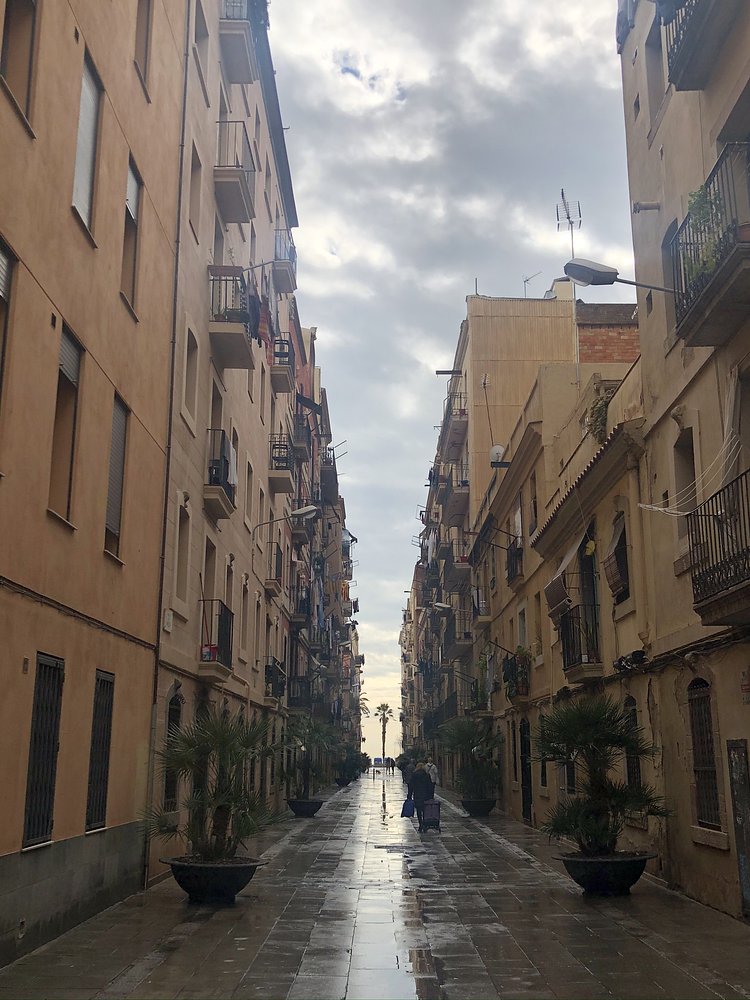
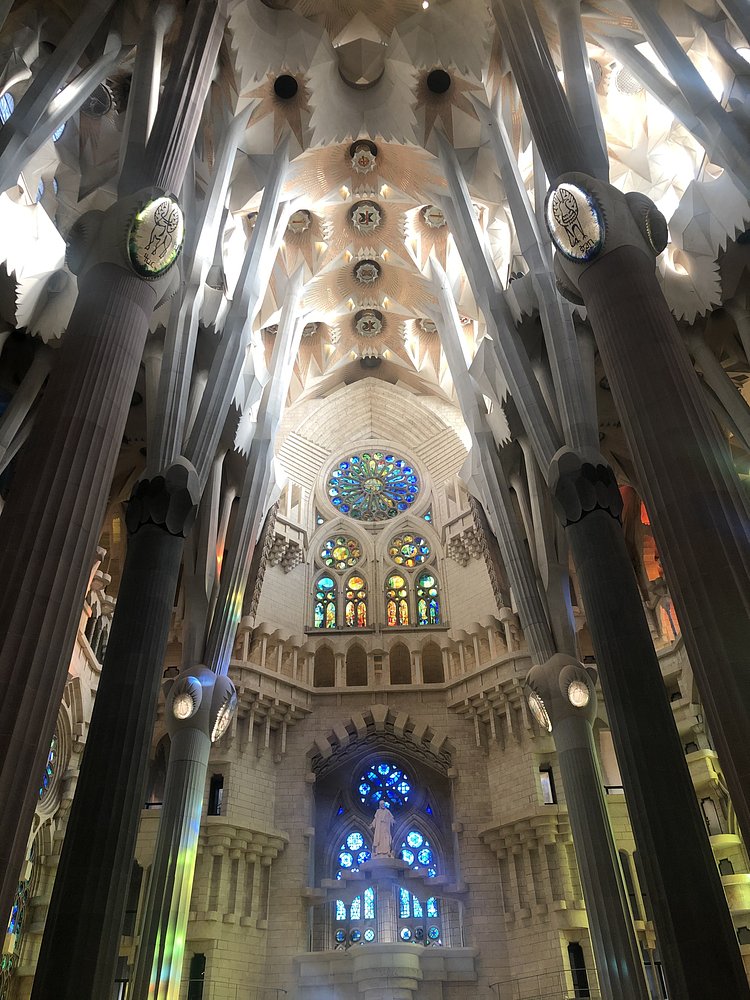
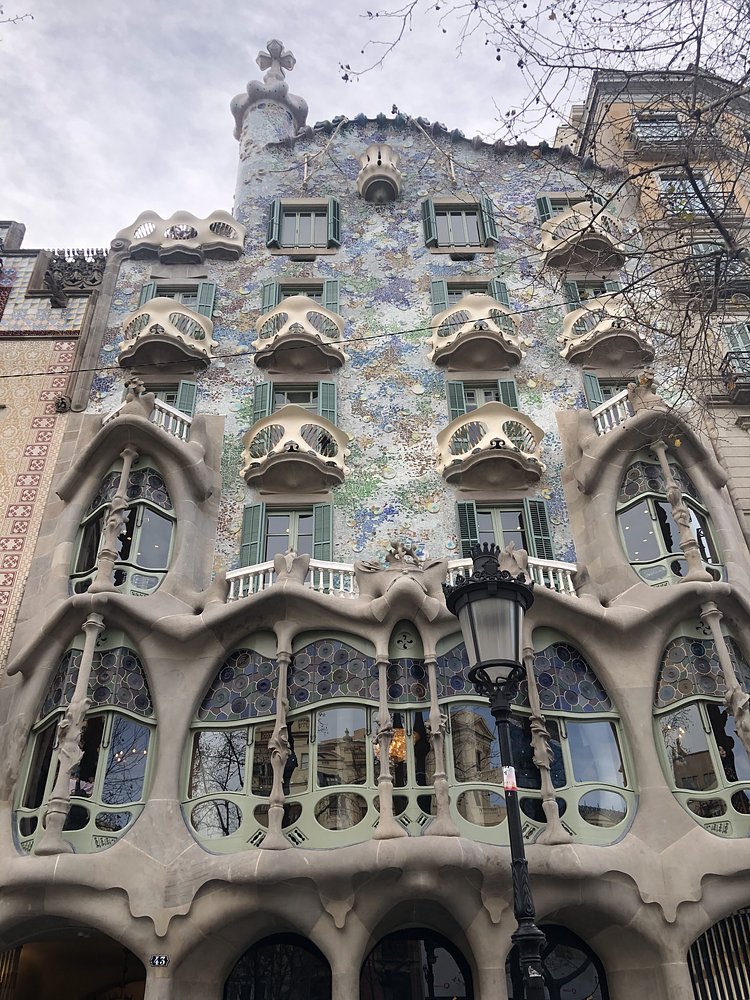
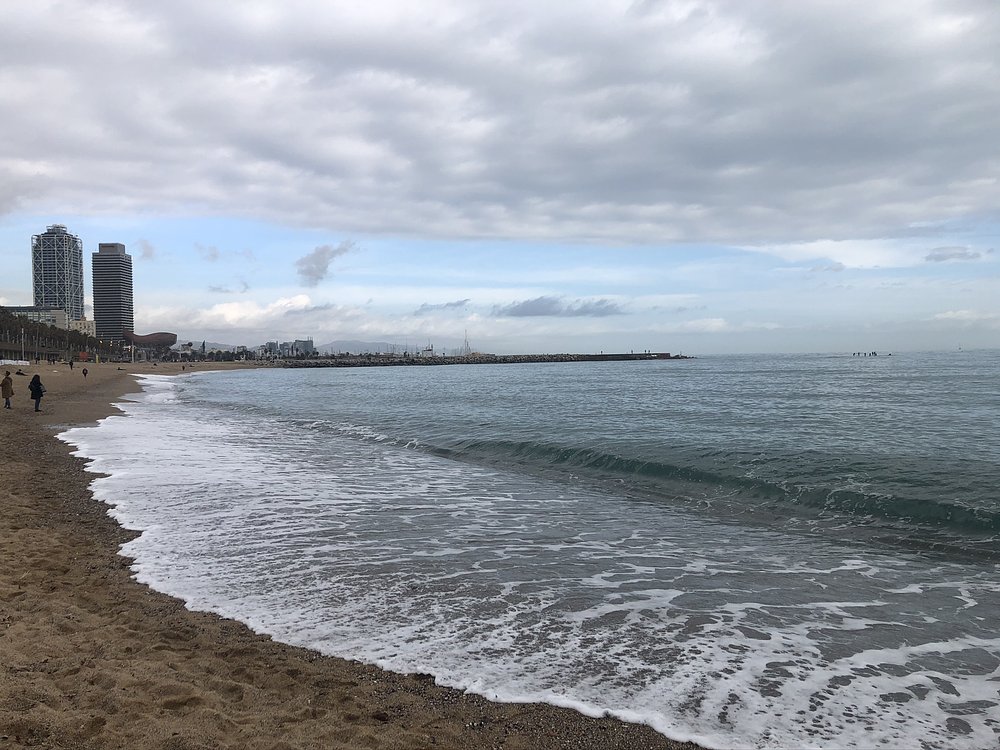
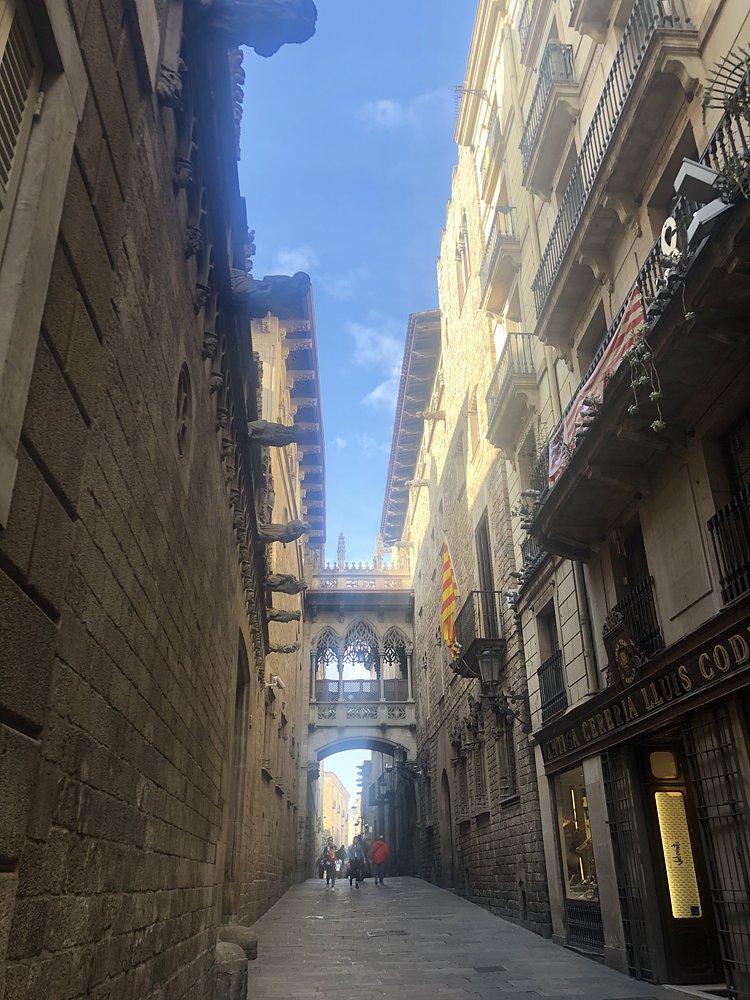
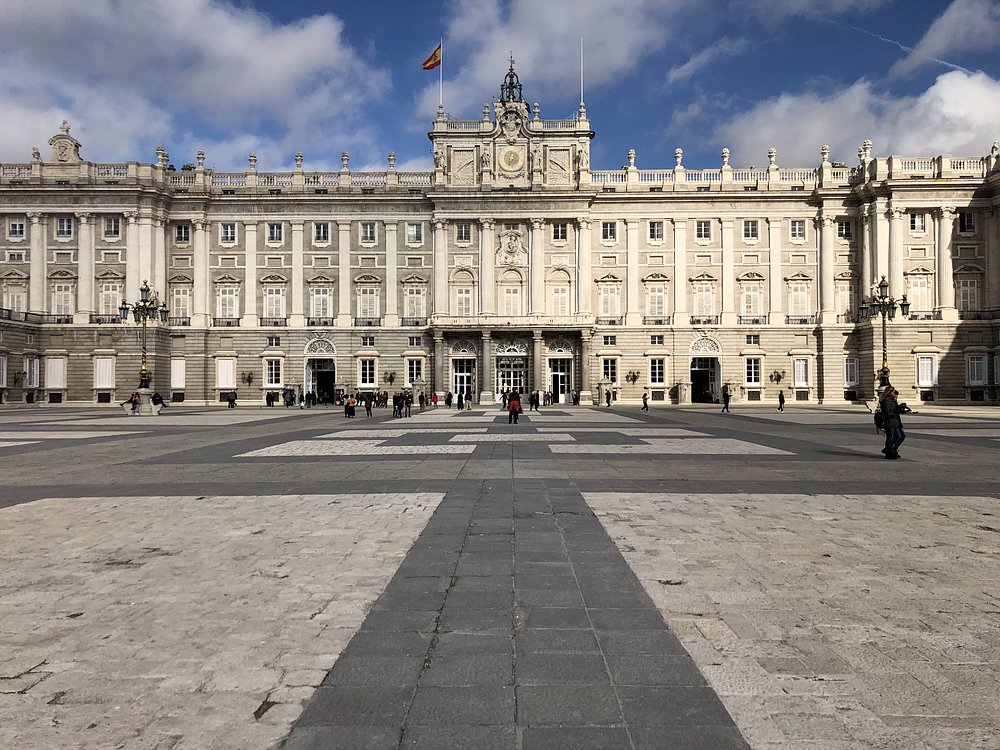
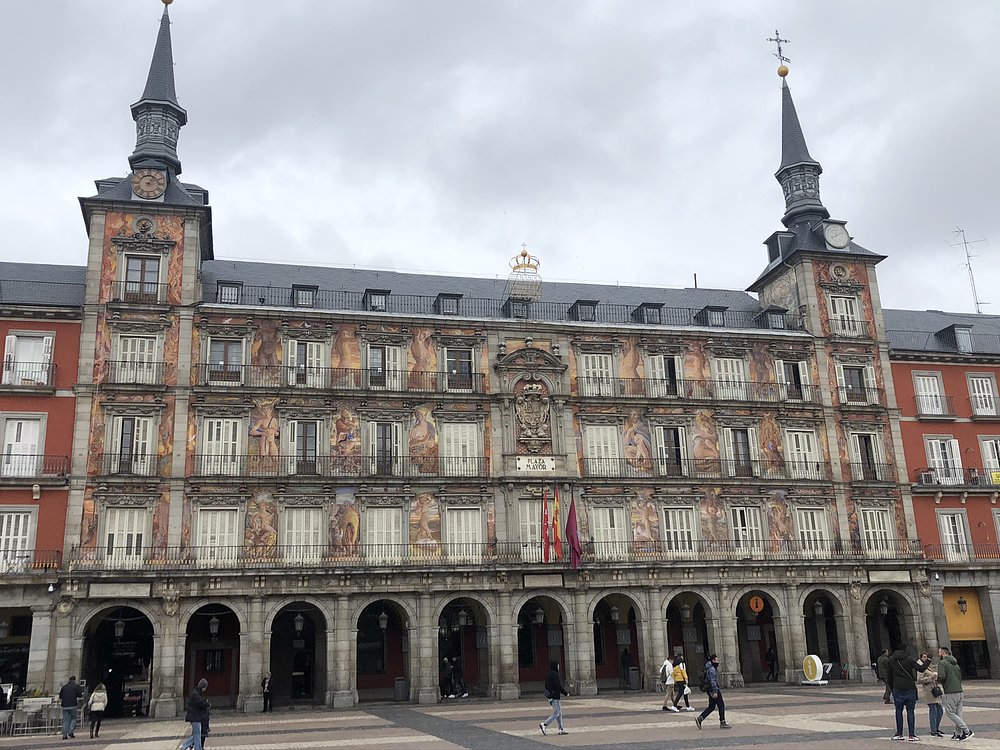
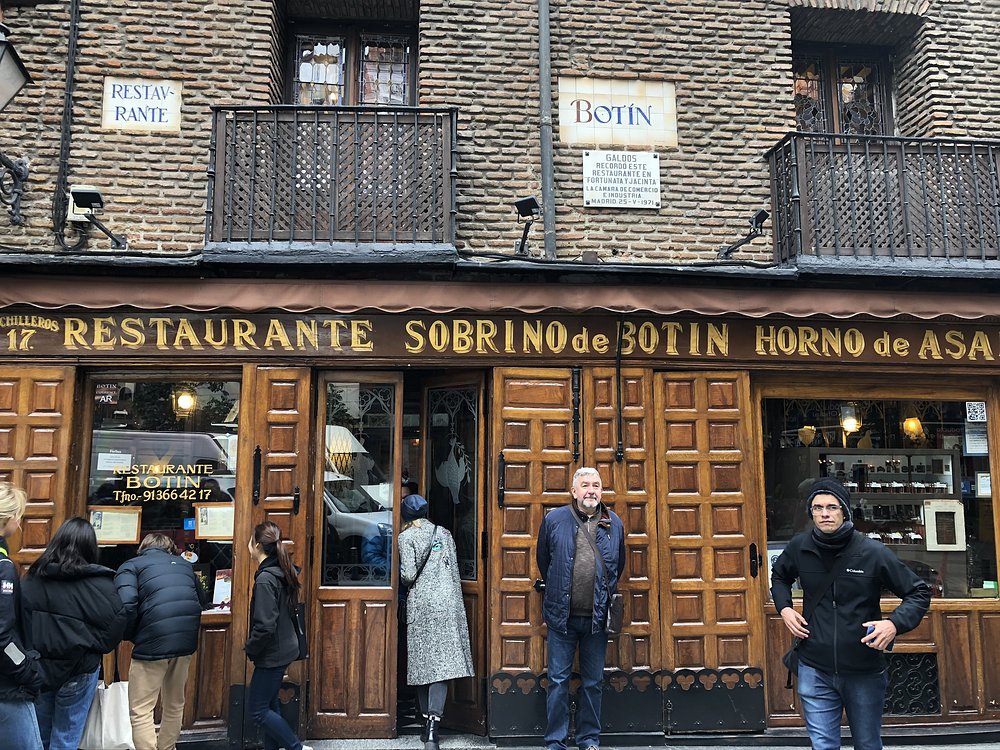
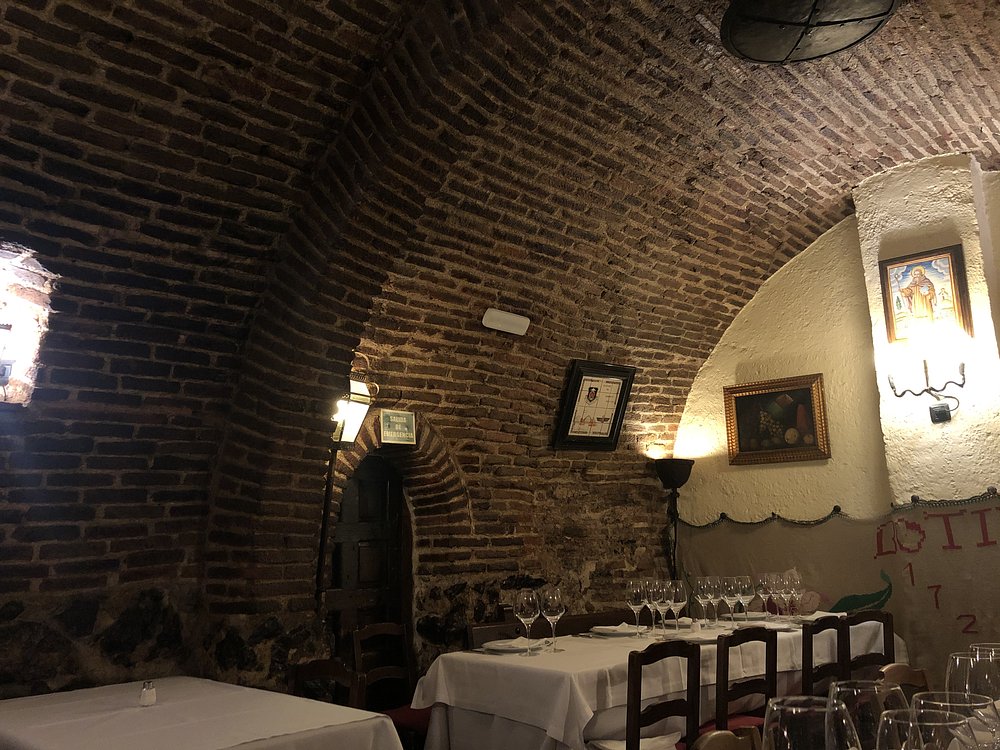
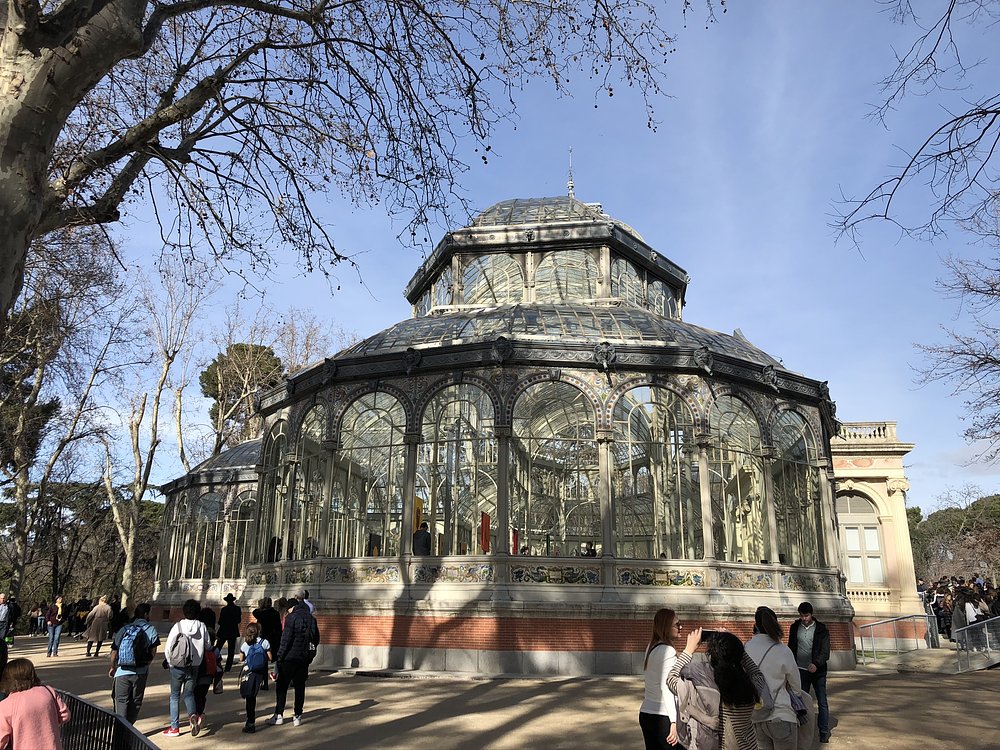
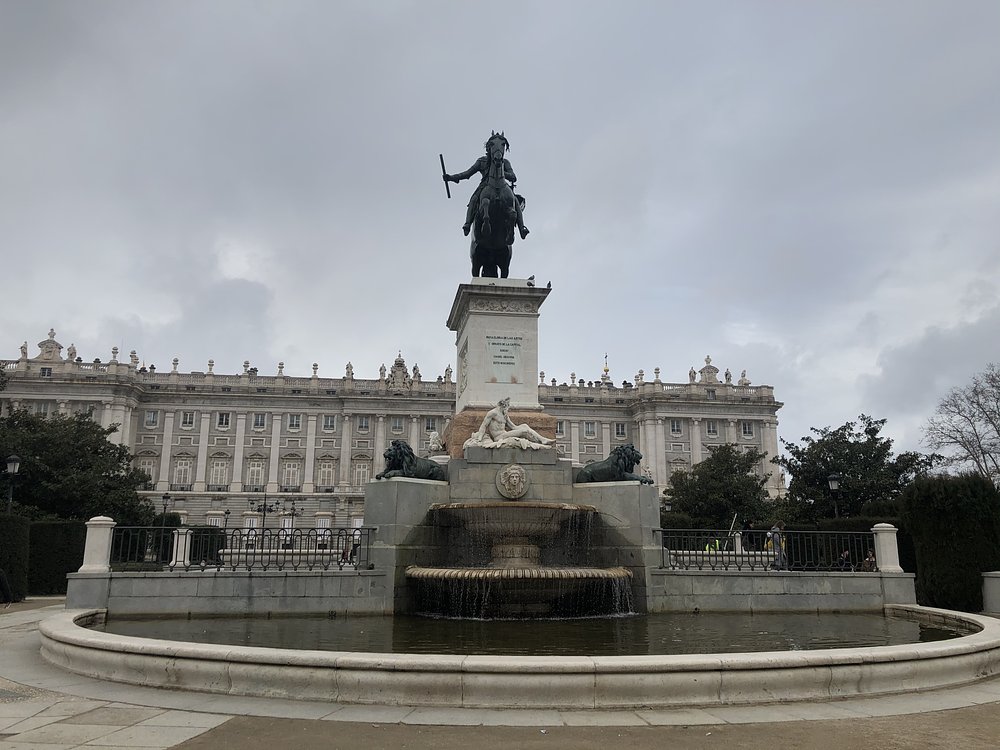
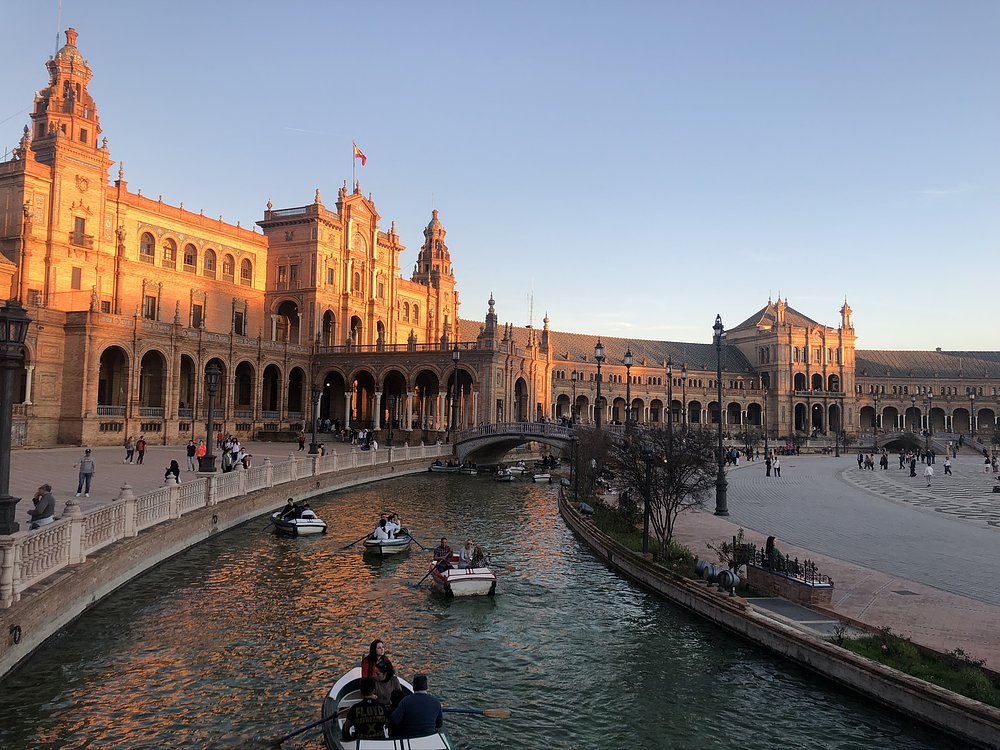
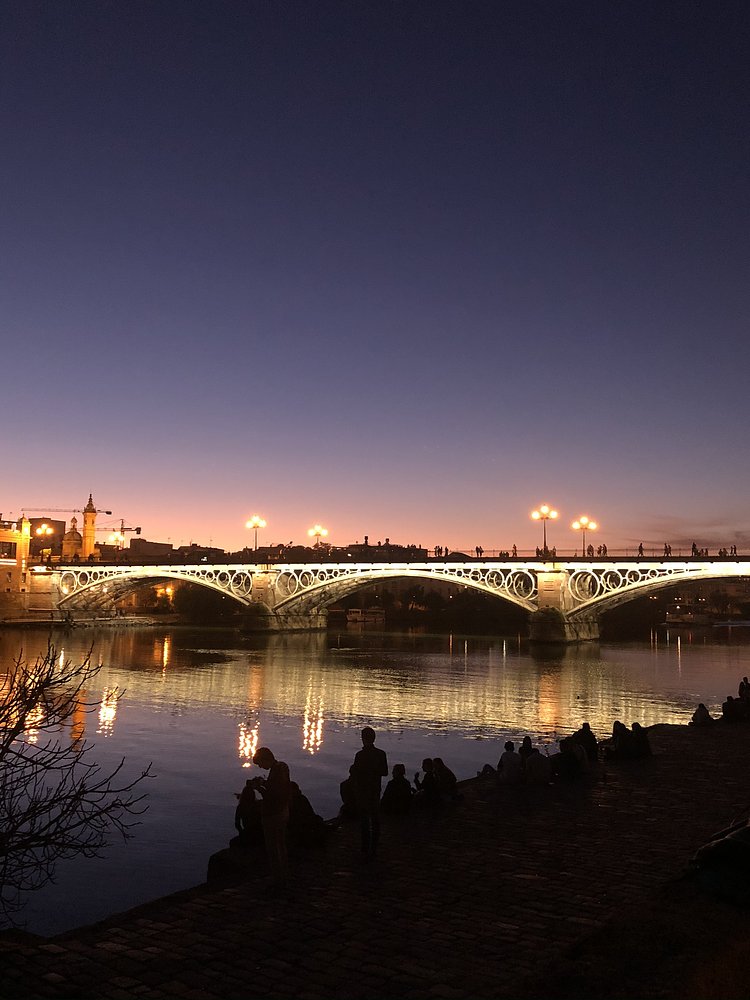

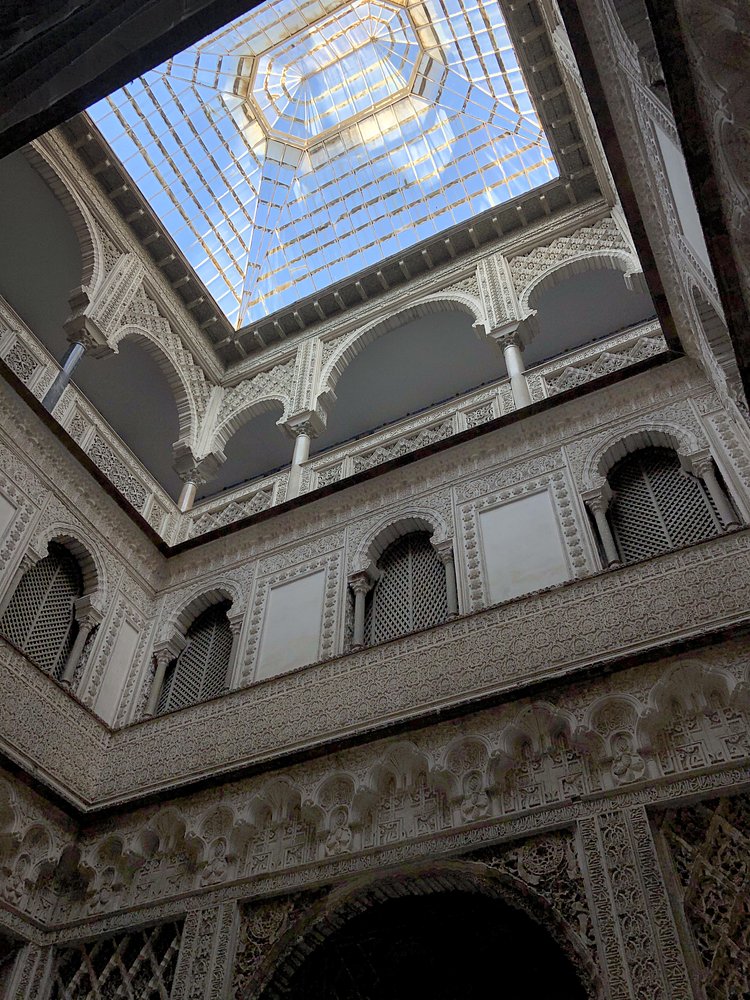
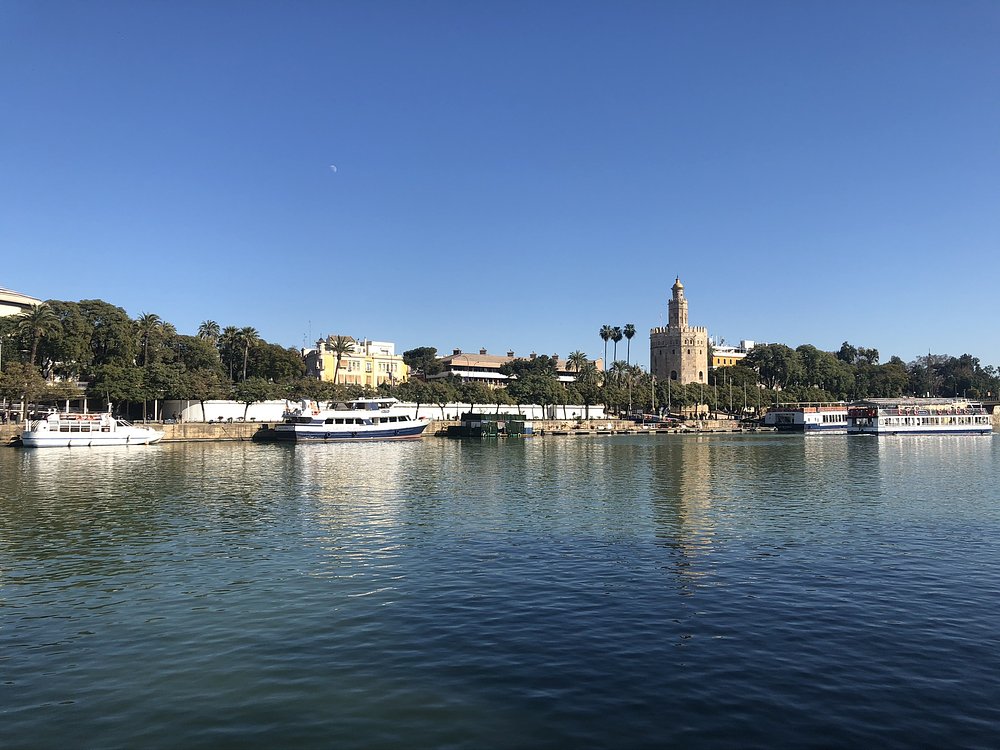
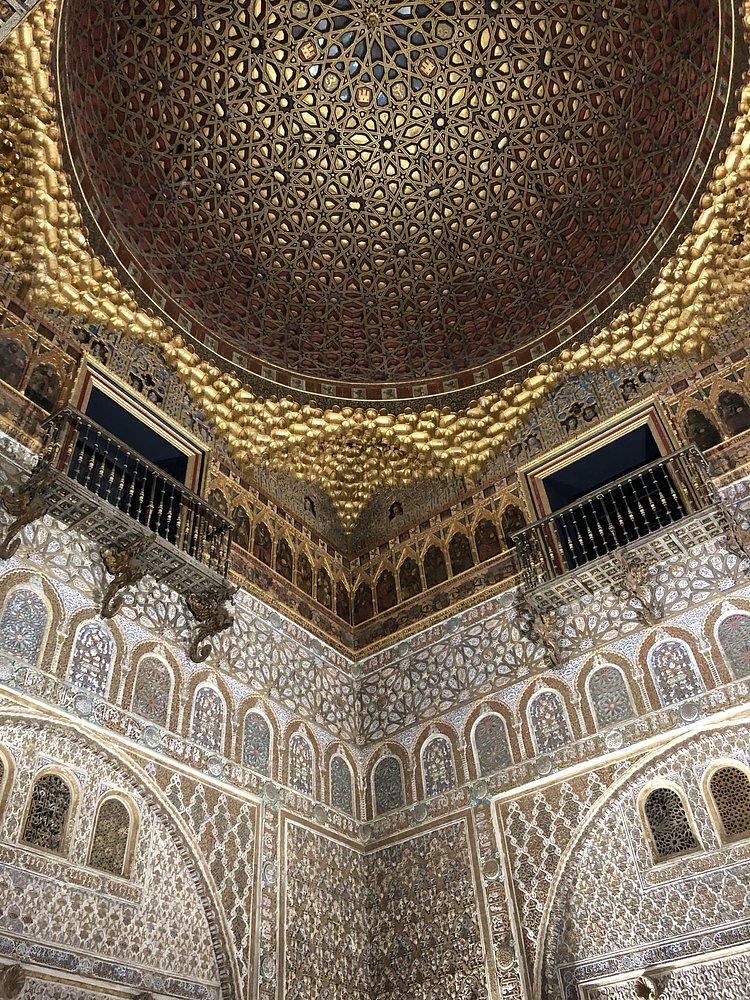
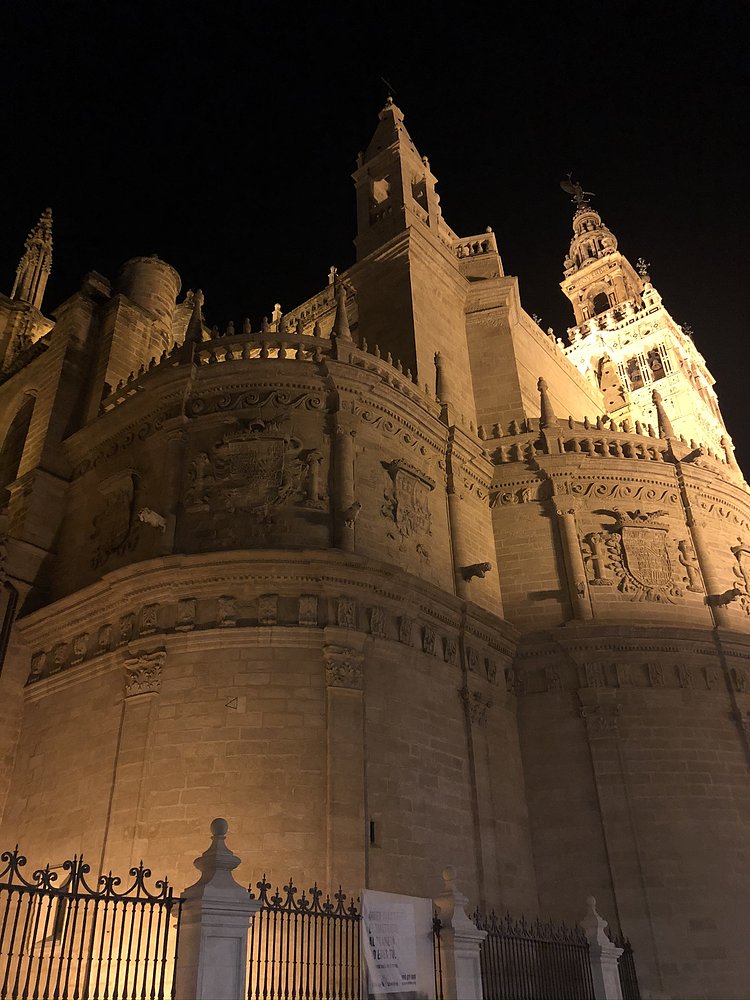

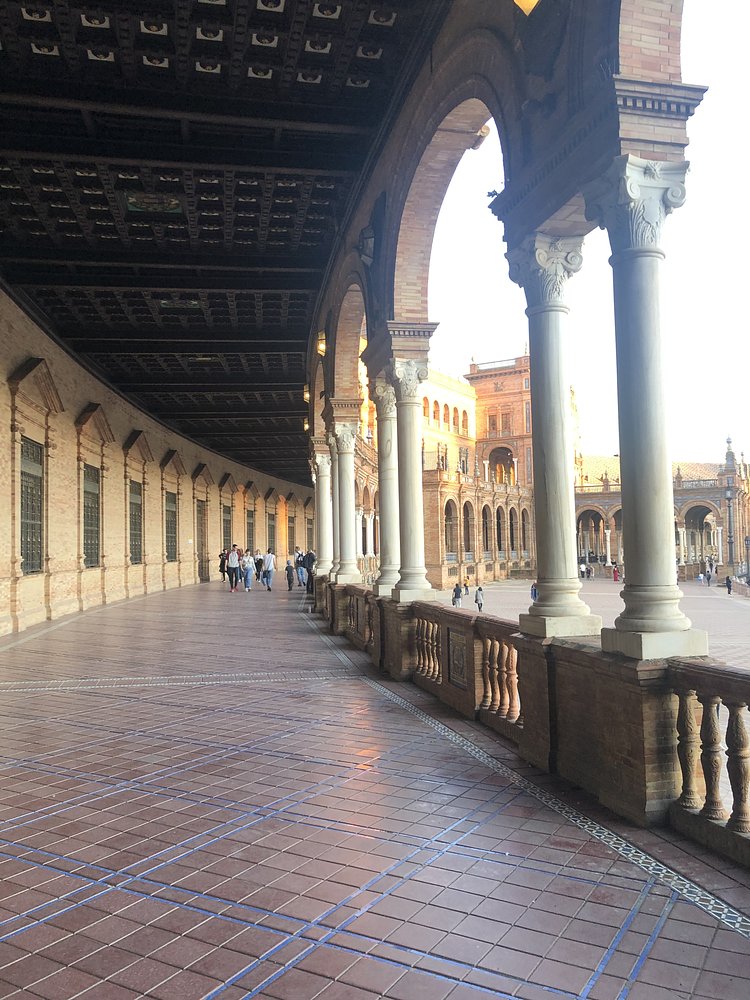
Share your thoughts
Please Sign In to leave a comment.
Please Sign In to leave a comment.